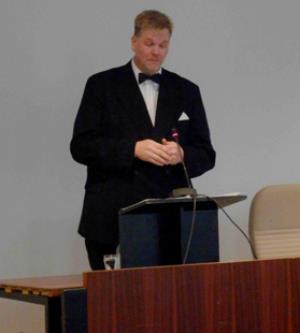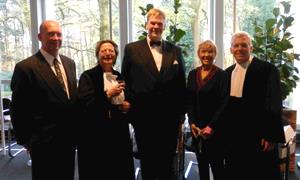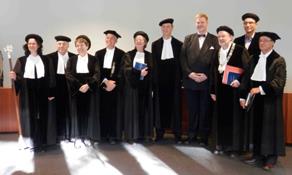Rob Anderson
DISSERTATION TITLE:
Authenticity and Architecture: Representation and Reconstruction in Context
Throughout human history the cultural meanings of various architectural structures have been altered. This continuous change in our social environments is evidenced by the destruction of countless cities during WWII, the terrorist attacks on the World Trade Center in NYC, and in recent memory by the damage and loss created by the earthquake and tsunami in Japan and the Philippines, to name just a few. Our environments are constantly being altered, and these changes contribute to the disruption of our sense of continuity, our memories, and our shared meaning. Our reactions to these changes vary according to the layers of cultural, historic, and artistic identity that have been disrupted, challenging are our perceptions of the authentic.
Of particular interest to this presentation are the varying layers of relationships found in collective memory and invented traditions, which examines how they intersect in the creation (and re-creation) of the target’s identity, history, and significance. In considering these complex issues, the preliminary focus will be on a number of art and architectural examples in America, Europe, and Asia that address varying aspects of authenticity through reconstruction. This initial investigation will culminate in an exploration of the notion of authenticity in relation to the Fantoft Stave Church in Norway and the Ise Shrines in Japan.
By exploring these seemingly disparate examples, a discourse will be generated in the design community, as to both the merits (and lack thereof) of various representations and reconstructions in their respective contexts, and the nature of authenticity in architecture.



